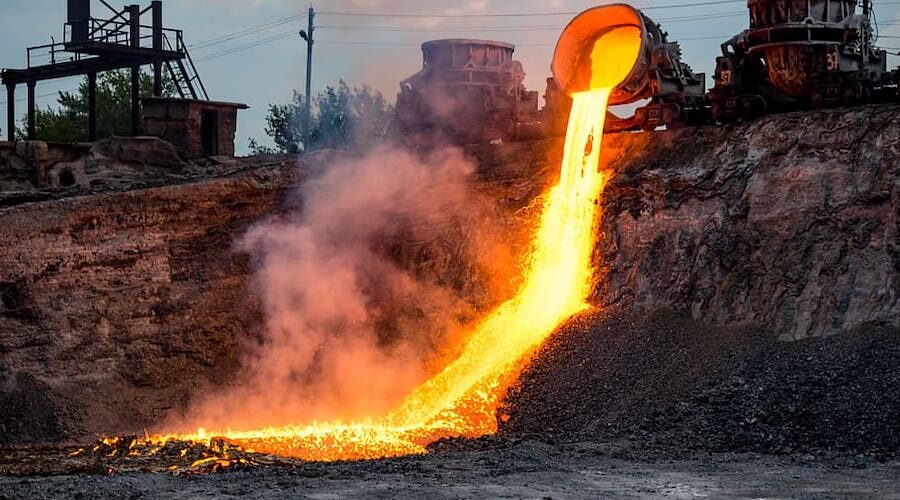
Overview of Waelz Slag: Composition, Processing, and Recycling Potential
Waelz slag is an iron-rich by-product generated during the treatment of electric arc furnace dust (EAFD) to recover zinc. It contains significant amounts of iron, zinc, and copper. For every ton of EAFD processed, approximately 600–800 kg of Waelz slag is produced, presenting challenges in management and recycling. This article provides a comprehensive look at the composition of slag, magnetic separation methods, and its recycling potential.
1. Composition and Characteristics
Waelz slag originates from the recycling of EAFD, which is produced when galvanized steel scrap is melted in an electric arc furnace to produce steel. EAFD contains high levels of zinc (up to 30%) and is a valuable resource for zinc production. Through the Waelz process, elements like iron, zinc, and copper in the EAFD are processed at high temperatures (up to 1300°C), causing zinc to volatilize and condense as a product called Waelz oxide, which is useful for hydrometallurgical zinc production.
Besides Waelz oxide, the process also generates slag, which contains the remaining elements of EAFD. Due to high levels of toxic metals, slag is often stored or landfilled, posing environmental risks.
2. Magnetic Separation and Recycling Potential of Waelz Slag
Waelz slag samples from various plants were thoroughly analyzed using atomic emission spectroscopy, X-ray diffraction, and Mössbauer spectroscopy. The findings revealed that the complex chemical and mineralogical composition of slag makes it difficult to recover valuable elements selectively. However, experiments using low-intensity wet magnetic separation showed promising results for iron recovery.
Under optimal conditions, the samples achieved iron concentrations of 73% and 46.8%, with iron recovery rates of 54.8% and 52.9%, respectively.
Although this method did not fully separate zinc and copper, it presents a cost-effective and environmentally friendly alternative to pyrometallurgical or hydrometallurgical methods.
3. Industrial Applications
Despite its high iron content, slag is not yet widely used in iron production due to residual impurities, including zinc. Some recent studies have explored the potential of using slag in construction and road making, but it must undergo stabilization to prevent the leaching of heavy metals.
4. Conclusion
Waelz slag is a resource with industrial potential, especially with magnetic separation methods for iron recovery. As recycling technologies and processes improve, slag could be transformed into valuable products, minimizing its environmental impact.


